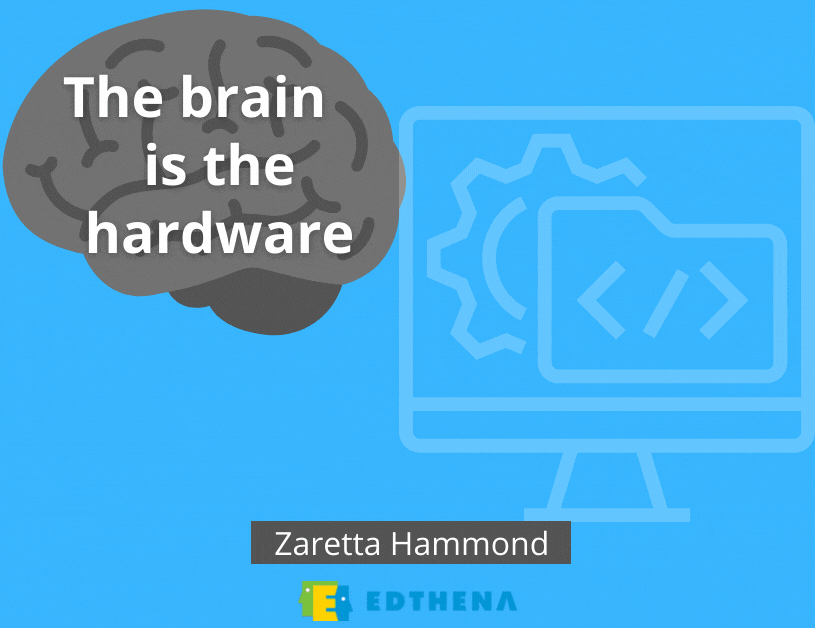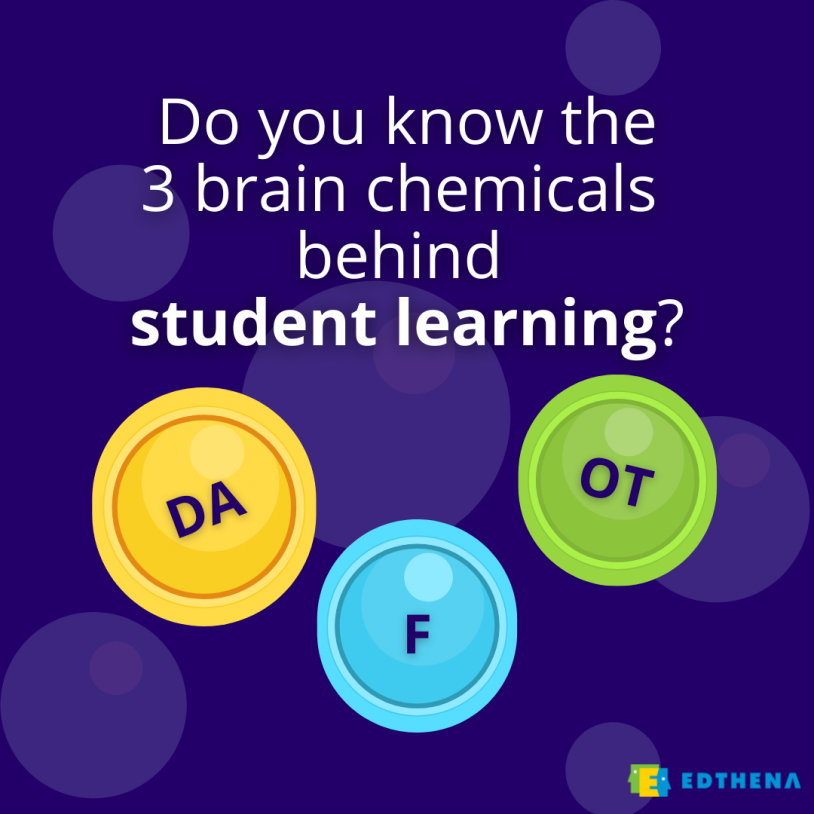Hook Your Students on Dopamine Hits: The Neuroscience of Culturally Responsive Teaching
When you think of culturally responsive teaching, you may not immediately think of dopamine and oxytocin. But the brain chemicals have a lot to do with the framework and approach to teaching.
“The brain is a learning machine” according to Zaretta Hammond, author of Culturally Responsive Teaching and the Brain, who is on a mission to educate educators about the neuroscience behind culturally responsive teaching (CRT).
Knowing the brain science behind culture’s role in learning is immensely important for teachers who want to prioritize CRT.
In this PLtogether Lounge Talk, Zaretta talked with Edthena founder and CEO Adam Geller about the neuroscience of culturally responsive teaching and how educators can better leverage the practice to support students’ learning.
Watch the interview above, and read on for highlights of the conversation.
Students’ culture is their brain’s software
To explain the neuroscience of CRT, Zaretta Hammond likened the brain to a computer. 
“The brain already comes with hardware … and that means culture [is] software that helps organize all the new information we take and store in our brains.”
A teacher’s role is not to install more learning software, but to leverage what’s already there to help students’ brains take in more information.
“The content we’re teaching in classrooms has to be coupled with existing background knowledge. And then we have to kind of mix it together,” explained Zaretta.
Zaretta warned against the danger of thinking that CRT is a one-and-done strategy.
Rather, it must be an ongoing process of “mixing … to turn inert information to usable knowledge.”
In addition, adding in superficial elements of culture, such as food and music, may help to motivate students but doesn’t get to the deeper cognitive level of learning.
This is where Zaretta pointed out that while culturally responsive teaching is often only prioritized in humanizing relationships, it’s also crucially about leveraging students’ schema — the software already in their brains — and becoming the “personal trainer of their cognition.”
Getting down to the neuroscience of culturally responsive teaching
Zaretta talked about the social neuroscience and cognitive neuroscience of CRT. There are three brain chemicals that are at play and are important to students’ learning. 
Cortisol, often referred to as the stress hormone, must be limited so as to not overload the prefrontal cortex.
Dopamine is especially key to learning.
Zaretta defined, “It’s employed by the brain to encourage you to do that hard thing again and actually give you a little bit of a reward for that … Teachers, where are you making sure students are getting a dopamine hit?”
Explaining further, Zaretta talked about how information won’t be sticky just by getting students to comply. It must be encouraged and rewarded to go into the long-term memory and become usable knowledge.
Oxytocin, the last ingredient, is often associated with trust and love.
“We are social learning animals. We love to learn together,” Zaretta said.
However, this doesn’t mean teachers should simply assign more group work.
Zaretta clarified, “Social learning is having kids do hard things as a result of being in a group and talking, project-based learning, maker education integrated arts, etc.”
Understanding these three chemicals and their role in student learning helps educators know what goes on behind the scenes, or brainwaves, for their students when they teach with a culturally responsive approach.
Study skills aren’t the game-changer for students, so what is?
Zaretta Hammond advises that, yes, teaching study skills and notetaking are important, but they won’t be what changes the learning game for students.
“The game-changer is helping the student actually learn how to learn new content more effectively… in a way that allows them to maximize the current schema they have,” Zaretta said.
Schema, or the background knowledge that helps learners organize new information, is what supports students to carry that cognitive load throughout their lifelong learning.
Zaretta encouraged educators to ask themselves: How do we start to understand the schema that students come in with?
Tying it all back to culturally responsive teaching, Zaretta encouraged educators to have a “bicultural lens” to understand both their own schema as the teacher and the students’ schema. Both are formed by an individual’s respective cultural background and orientations.
The learner- and teacher-schema may be similar or different from one another, and teachers must be aware of that.
More resources on culturally responsive teaching
CRT is a complex topic, and this is only one aspect of it. If you’d like to learn more, see all our interviews with Zaretta Hammond here, or read our other blog post about what culturally responsive teaching is, and isn’t.

